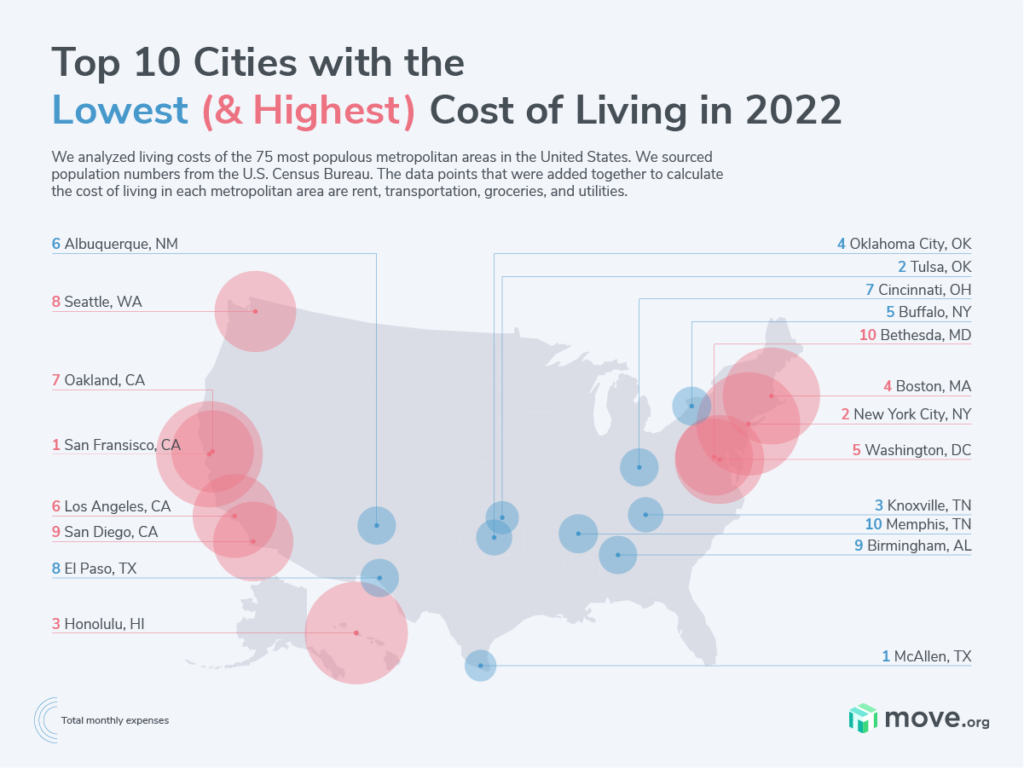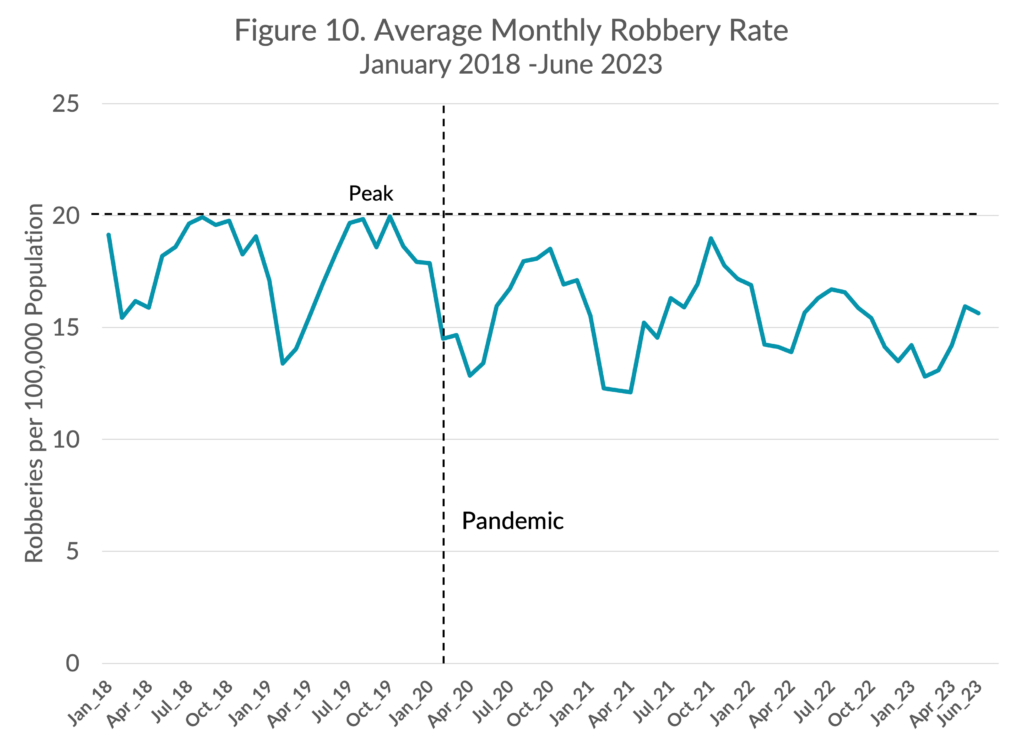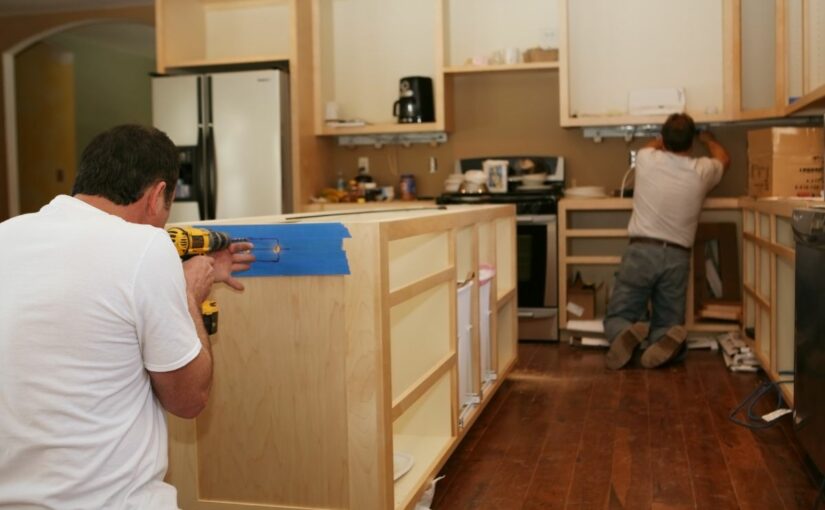Finding the ideal environment for a family life goes beyond mere decision-making. Each US city has unique attributes that contribute to an exceptional lifestyle. From coast to coast, these are the nicest cities in America that offer a nurturing environment for families to spread and create cherished memories. Let’s look at the best locations to raise a family.
5 Best Cities in America for Family Living Purposes
Raleigh, NC
Raleigh is considered one of the best cities for residents seeking a supportive environment to grow in. There is a mix of cultures and perspectives that enriches local life. Raleigh’s central location in North Carolina makes it convenient to travel across cities. The easy access to nature also offers the opportunity to explore scenic landscapes.

Raleigh consistently ranks for serving a high quality of life for having affordable housing, a versatile job market, and a relatively low cost of living. The concentration of educational institutions translates to a strong learning ecosystem for everyone.
Miami, FL

Deciding whether to move to Miami instead of Raleigh is a significant choice that depends on your preferences. Miami is known for its beautiful shorelines and marina facilities, which makes the city a hub for a beach-centric family lifestyle. It has plenty of schooling options. Moreover, it features parks, wellness facilities, and many more kid-friendly attractions. Your lifestyle may vary with the chosen neighborhood to some extent.
The housing on Miami Beach, especially condos, offers a view of Intracoastal waterways. You share common amenities that extend the sense of living within social interaction. A home in this location can be a sound family investment that has a high potential to appreciate in value over time.
Chicago, IL

Chicago is home to excellent schools; many rate ten out of ten. There are a number of publicly funded charter schools that operate independently. The city boasts an extensive number of amenities, including parks, playgrounds, and children’s destinations such as theaters, kid-friendly restaurants, libraries, and youth sports centers.
It is unchallenging for families to get around without a car, thanks to public transportation (especially the elevated train system). The geographical location also makes the city easily accessible for family visits and vacations.
Ocean City, MD

Although Ocean City is officially classified as a town, it possesses all the qualities and amenities one would expect to find in a bustling metropolis, leaving no doubt that it stands on par with major cities.
With its pristine beaches, vibrant atmosphere, abundant attractions, and charming homes, it captures hearts effortlessly. The sandy shores stretch for miles, offering a tranquil retreat by the Atlantic Ocean. The iconic boardwalk, bustling with entertainment, culinary delights, and unique shops, creates an enchanting ambiance. Alongside the stunning coastline, seaside condos provide an idyllic setting for residents and visitors to enjoy the beauty of Ocean City. The warm and welcoming community embraces visitors with open arms, fostering unity and camaraderie.
Festivals and events celebrate the town’s rich culture and heritage. From thrilling water sports to world-class dining, Ocean City caters to diverse interests. With its charm, amenities, and the allure of seaside condos, it stands as an unrivaled destination that epitomizes the best of the United States.
San Jose, California

It offers a wealthy career point in tech and innovation that brought its economy to a height. San Jose has 44 schools that ranked among the top 25% nationally. For higher studies, there are San Jose State University, Stanford University, Santa Clara University, and some others, including the prestigious colleges in the Bay area.
The city is surrounded by natural beauty. The weather is mild and comfortable for most days of the year, supported by the Mediterranean climate. Many neighborhoods in San Jose are family-oriented due to their safety, social facilities, and overall quality of life. Some of them are,
- Evergreen
- Almaden Valley
- Alum Rock
- West San Jose
- Berryessa
- Willow Glen
Things to consider in a new city to raise a family
What is the cost of living?
The cost of living is directly associated with your financial well-being and ability to meet long-term obligations. The expense swells with the number of available amenities and high living standards. Considering the cost of living in a city can help you not affect your work-life balance, debt management, and retirement plan.
US Cities with the lowest living costs in 2022. Source: Move.org

Are there available healthcare services?
A city with specialized medical services encourages screening, regular health check-ups, and preventive treatments that contribute to a healthy lifestyle. Especially for a family with children and elders, it is necessary to live near equipped healthcare centers.
Does the city offer good schooling?
Parents want their children to receive exemplary education with a rigorous curriculum, individualized learning, and qualified teachers. In order to secure academic advancement, it is necessary to become familiar with the educational offerings within a city prior to relocating.
What family-centric amenities are available?
Ideally, you would like to live in a community where your family can spend quality time together. Family-centric amenities are truly important to promise the life you are looking for. It fosters social engagement, safety, and long-term satisfaction.
What is the crime rate?
Consider the crime rate as your top priority when it comes to the safety of your household. High crime rates induce the risk of becoming victims, while a city with low crimes gives you the ultimate peace of mind besides allowing you to focus on your well-being.

Us crime trends, mid-year 2023. Source: counciloncj.org
Who are the majority population?
Population demographics can affect the availability of children’s activities, healthcare services, job market, and lifestyle fit. A city with a diverse age distribution can contribute to a feeling of belonging.
Conclusion: Locations to Raise A Family
From education to safety, cultural diversity to job opportunities, each facet must be carefully examined to find a location where your family can flourish. By a thoughtful approach to reviewing the aspects of a city, you can get a well-rounded experience with your family.
Autor: Shannon Quantock












